Important erection points
Before commencing erection of HV switchgear check that all connections are tight on busbars and on main circuits as well as auxiliary circuits. Examine the insulation very carefully, because there have been reported cases of burned out connections due to failure to observe this precaution.
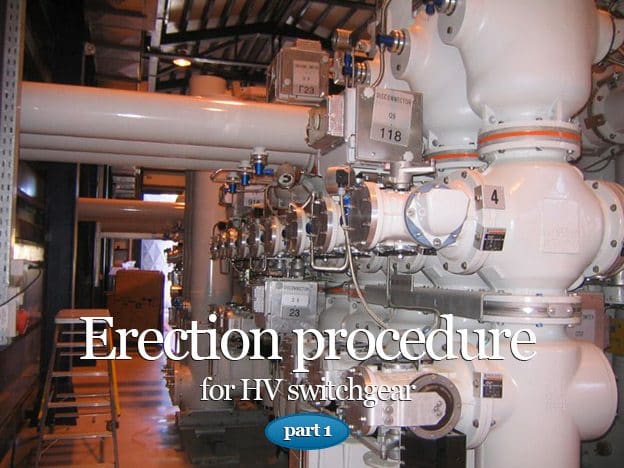
Obvious faults such as distorted panel work, broken meter glass and damaged packing cases should be noted and immediate steps taken to rectify the damage or to return the equipment to the supplier or manufacturer.
After erection, steps must be taken to prevent deterioration of the equipment due to damp, dust or casual damage. Substations should be cleared out and locked fast and should not be used as a site office, store or workshop after the equipment has been installed.
When all erection and jointing work is complete the equipment must be inspected and thoroughly cleaned to remove cuttings of cable, spare nuts, washers, accumulations of dust or copper filings and tools which may have been left behind.
An important point to remember is the removal of all packing materials particularly in moving parts, and of course make sure that oil circuit-breakers receive their first filling of water-free oil.
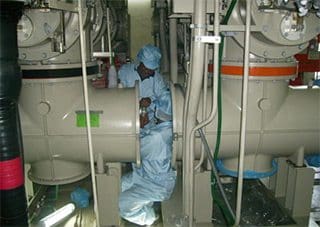
In the erection of the switchgear the following points should be emphasised.
Where steel channels are used as foundations, ensure that they are correctly laid to an accuracy of about ±1mm in 3 m. Use a masking strip to prevent fouling by the floor materials.
IMPORTANT: Read and apply the manufacturer’s erection instructions and use the correct tools such as torque spanners to obtain the appropriate tightness of nuts.
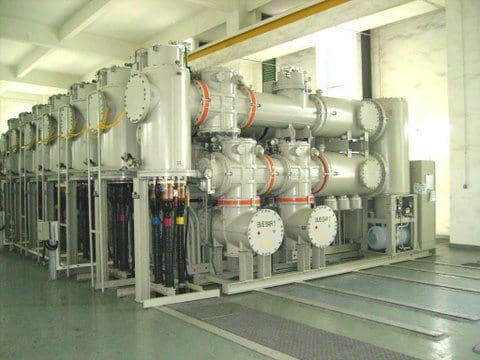
Make sure equipment is properly aligned. This means vertically and horizontally in both longitudinal and lateral directions. Incorrect alignment causes problems during operation of mechanical linkages and connections, difficulty in removing and replacing circuit-breakers and other withdrawable parts and puts stress on interpanel connections such as busbars and earth bars.
When the floor is being laid and there are no steel inset channels, it should be level both front to back and should not vary by more than a millimetre or so between cubicle centres.
When the floor is being laid it is common practice to form pockets at the foundation hole positions in order to avoid having to cut them out of the solid floor at installation time. The floor should be marked out in accordance with the switchgear assembly drawings usually provided by the manufacturer to ensure that the switchgear is correctly located with respect to cable trenches, building walls and other equipment in the room.
A datum line requires to be established usually along the rear foundation bolts, and using normal geometric methods the switchboard and foundation bolt holes can be located.
Lifting eyes are often either incorporated into switchboards or can be screwed into pre-machined holes, but generally slinging is necessary and this should be done strictly in accordance with the manufacturer’s recommendations. Without the use of cranes, however, the traditional manual methods utilising jacks and roller bars are effective.
Care must be taken not to exert pressure on weak parts such as control handles during this manhandling.
Instalation of GIS and Erection of GIB (VIDEO)
Copyright Notice
This technical article is protected by U.S. and international copyright laws. Reproduction and distribution of PDF version of this technical article to websites such as Linkedin, Scribd, Facebook and others without written permission of the sponsor is illegal and strictly prohibited.© EEP-Electrical Engineering Portal.
Cant see this video? Click here to watch it on Youtube.
Will be continued soon…
Resource: Handbook of Electrical Installation Practice – Eur Ing Geoffrey Stokes (Get it from Amazon)
Copyright Notice
This technical article is protected by U.S. and international copyright laws. Reproduction and distribution of PDF version of this technical article to websites such as Linkedin, Scribd, Facebook and others without written permission of the sponsor is illegal and strictly prohibited.© EEP-Electrical Engineering Portal.
Related electrical guides & articles
Premium Membership
Edvard Csanyi
Hi, I'm an electrical engineer, programmer and founder of EEP - Electrical Engineering Portal. I worked twelve years at Schneider Electric in the position of technical support for low- and medium-voltage projects and the design of busbar trunking systems.I'm highly specialized in the design of LV/MV switchgear and low-voltage, high-power busbar trunking (<6300A) in substations, commercial buildings and industry facilities. I'm also a professional in AutoCAD programming.
Profile: Edvard Csanyi


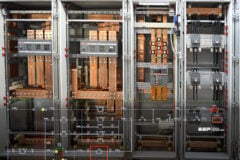
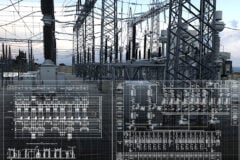
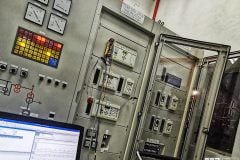
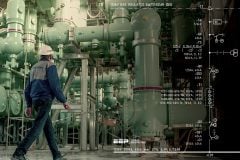





Good work.
Kindly add an article after the erection has been completed, what are the main factors to be check and inspected before process to commissioning work?
Thanks
We are looking for erection gis substations 66kv
Very nice. I think the substation locates in UAE or some Middle East Country. But how can I download it?
You can create PDF from technical article using blue button ‘Get PDF’ on your left.